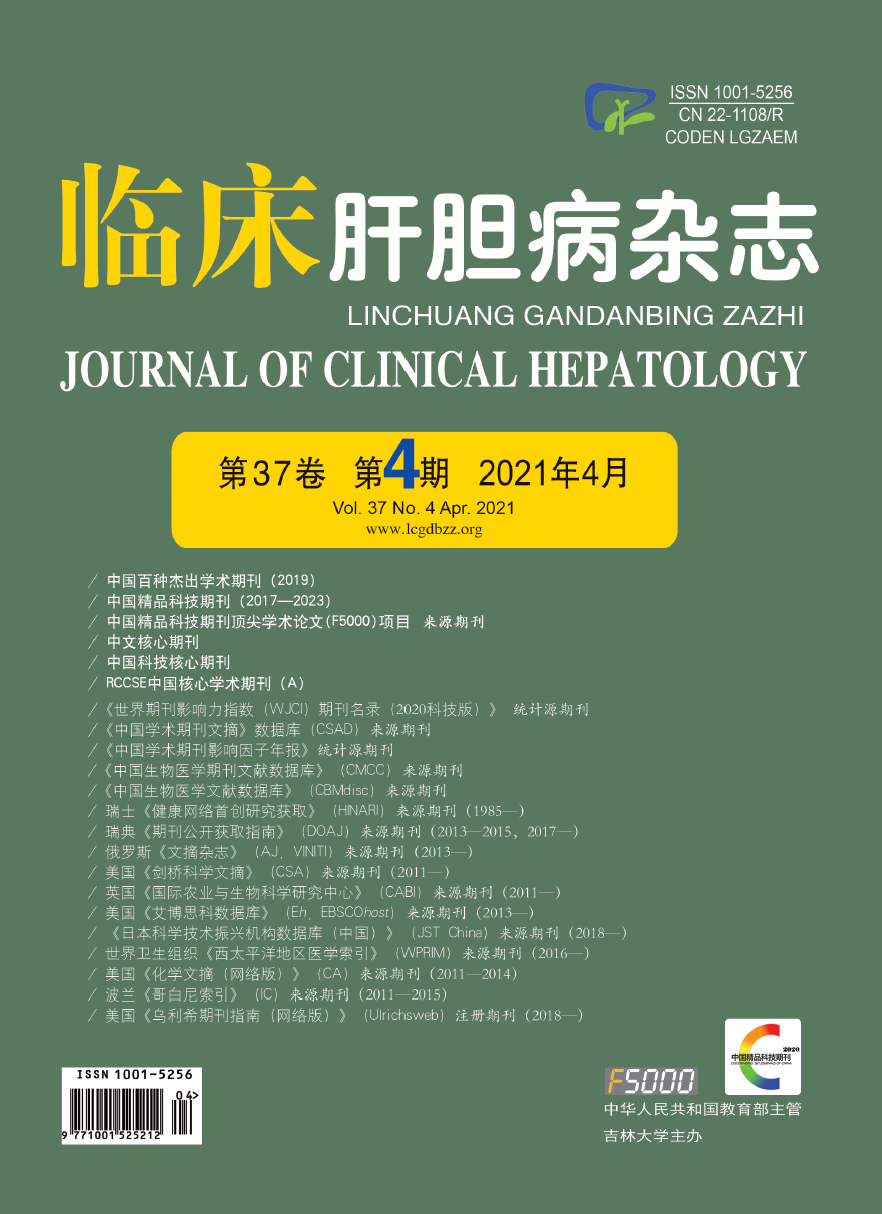| [1] |
FREEMAN ML, NELSON DB, SHERMAN S, et al. Complications of endoscopic biliary sphincterotomy[J]. N Engl J Med, 1996, 335(13): 909-918. DOI: 10.1056/NEJM199609263351301. |
| [2] |
PRAT F, MALAK NA, PELLETIER G, et al. Biliary symptoms and complications more than 8 years after endoscopic sphincterotomy for choledocholithiasis[J]. Gastroenterology, 1996, 110(3): 894-899. DOI: 10.1053/gast.1996.v110.pm8608900. |
| [3] |
HAWES RH, COTTON PB, VALLON AG. Follow-up 6 to 11 years after duodenoscopic sphincterotomy for stones in patients with prior cholecystectomy[J]. Gastroenterology, 1990, 98(4): 1008-1012. DOI: 10.1016/0016-5085(90)90026-w. |
| [4] |
ANDO T, TSUYUGUCHI T, OKUGAWA T, et al. Risk factors for recurrent bile duct stones after endoscopic papillotomy[J]. Gut, 2003, 52(1): 116-121. DOI: 10.1136/gut.52.1.116. |
| [5] |
PASPATIS GA, PARASKEVA K, VARDAS E, et al. Long-term recurrence of bile duct stones after endoscopic papillary large balloon dilation with sphincterotomy: 4-year extended follow-up of a randomized trial[J]. Surg Endosc, 2017, 31(2): 650-655. DOI: 10.1007/s00464-016-5012-9. |
| [6] |
KONSTANTAKIS C, TRIANTOS C, THEOPISTOS V, et al. Recurrence of choledocholithiasis following endoscopic bile duct clearance: Long term results and factors associated with recurrent bile duct stones[J]. World J Gastrointest Endosc, 2017, 9(1): 26-33. DOI: 10.4253/wjge.v9.i1.26. |
| [7] |
TSUCHIYA S, TSUYUGUCHI T, SAKAI Y, et al. Clinical utility of intraductal US to decrease early recurrence rate of common bile duct stones after endoscopic papillotomy[J]. J Gastroenterol Hepatol, 2008, 23(10): 1590-1595. DOI: 10.1111/j.1440-1746.2008.05458.x. |
| [8] |
YANG JJ, LIU XC, CHEN XQ, et al. Clinical value of DPOC for detecting and removing residual common bile duct stones (video)[J]. BMC Gastroenterol, 2019, 19(1): 135. DOI: 10.1186/s12876-019-1045-6. |
| [9] |
SEJPAL DV, TRINDADE AJ, LEE C, et al. Digital cholangioscopy can detect residual biliary stones missed by occlusion cholangiogram in ERCP: A prospective tandem study[J]. Endosc Int Open, 2019, 7(4): e608-e614. DOI: 10.1055/a-0842-6450. |
| [10] |
PIERCE RA, JONNALAGADDA S, SPITLER JA, et al. Incidence of residual choledocholithiasis detected by intraoperative cholangiography at the time of laparoscopic cholecystectomy in patients having undergone preoperative ERCP[J]. Surg Endosc, 2008, 22(11): 2365-2372. DOI: 10.1007/s00464-008-9785-3. |
| [11] |
YU JF, HAO JY, WU DF, et al. Comparison between endoscopic retrograde biliary drainage and endoscopic nasobiliary drainage in treatment of acute cholangitis[J]. Chin J Dig Endosc, 2019, 36(3): 169-175. DOI: 10.3760/cma.j.issn.1007-5232.2019.03.004. |
| [12] |
MA M, ZHOU ZY. A comparative analysis of acute pancreatitis and hyperamylasemia after endoscopic retrograde cholangiopancreatography[J]. J Clin Hepatol, 2020, 36(2): 395-398. DOI: 10.3969/j.issn.1001-5256.2020.02.033. |
| [13] |
ZHANG C, YANG YL, LI JY, et al. Application of X-ray assisted nasal catheter extractor to nose biliary oronasal conversion[J]. Chin J Dig Endosc, 2018, 35(3): 167-170. DOI: 10.3760/cma.j.issn.1007-5232.2018.03.004. |
| [14] |
AHN DW, LEE SH, PAIK WH, et al. Effects of saline irrigation of the bile duct to reduce the rate of residual common bile duct stones: A multicenter, prospective, randomized study[J]. Am J Gastroenterol, 2018, 113(4): 548-555. DOI: 10.1038/ajg.2018.21. |
| [15] |
CAIRNS SR, DIAS L, COTTON PB, et al. Additional endoscopic procedures instead of urgent surgery for retained common bile duct stones[J]. Gut, 1989, 30(4): 535-540. DOI: 10.1136/gut.30.4.535. |
| [16] |
LIU YB, WU SD, TANG SS. Clinical study on observing common bile duct residual stones by saline injection through ENBD under the guidance of ultrasound[J]. Chin J Min Inv Surg, 2017, 17(11): 990-994. DOI: 10.3969/j.issn.1009-6604.2017.11.008. |







 DownLoad:
DownLoad: